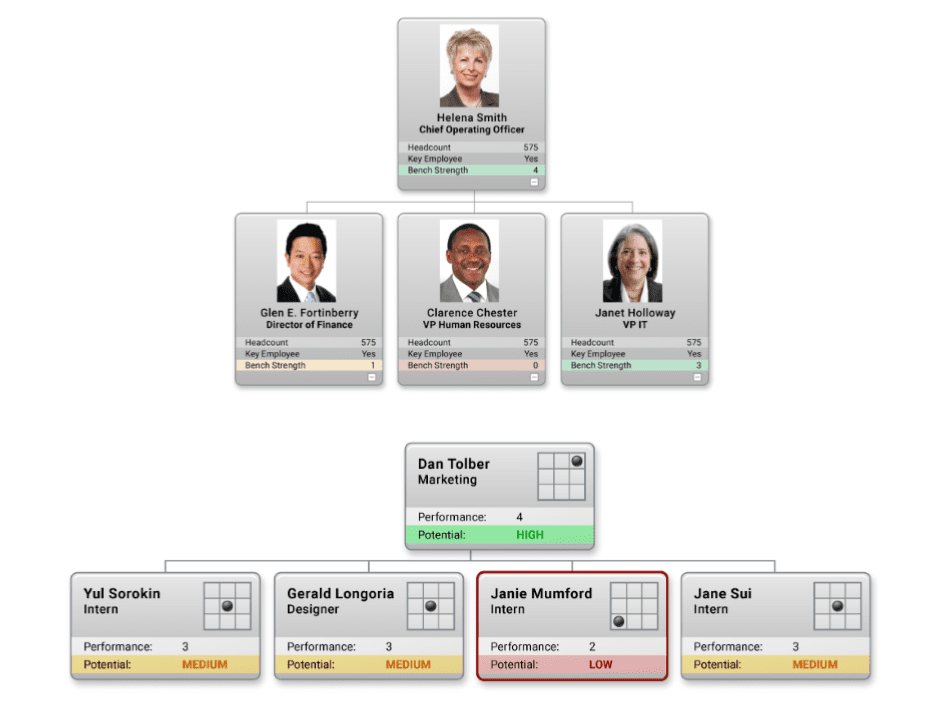Succession Planning
By 2024, baby boomers will have reached ages 60 to 78 and will be retiring in droves from the workforce. Progressive businesses, both big and small, can’t afford to wait until the moment senior members of their staff announce their departures to start planning their replacements.
Before a successful succession plan is put in place the long term goals of the organization need to be considered. How much growth is expected? What skills will be needed in the future? What type of positions, given industry trends, will be particularly difficult to fill?
Once the potential requirements are identified it’s a process of assessment and development of the talent on your team.
Assessment
Assessment of your employee’s suitability to fill more senior positions in your organization can be both qualitative and quantitative. This can take many forms from internal interviews of peers to performance reports. Skills, flight risk, and leadership potential may all be factors in tagging employees as future leaders.
OrgChart is a charting software that automates the organization mapping and visualization process and makes it easy to see the results of your company’s talent assessment metrics. In the example below, we’ve bundled the results of these assessments in a metric named “bench strength”. In other words, a rating of the readiness of a particular employee to step up into a more senior position. Representing this in an org chart, in concert with other key metrics related to successions, such as age, experience, and headcount can give management and HR professionals a clearer picture to be able to make decisions in response to organizational change.
Development
Once an assessment of employee readiness has taken place, a process can begin to either hire external talent to meet the potential succession needs of the company or develop the existing workforce. Using OrgChart, existing gaps in the organization become clear immediately by the color coding of the key metrics displayed within the context of the company hierarchy. Where a lack of skills or expertise buttressing more senior management is apparent, steps can be taken to better prepare those lower ranking employees. Management training is an example of the type of strategy a company might take to elevate an employee’s readiness for a more senior position.
Creating a robust succession plan, which accounts for the breadth of talent currently available, as well as plans to fill the future needs of the company, is time well spent. Displaying your organization’s current situation on org charts can become compelling visuals to communicate the urgency for sound planning and a stimulus to take action. Tracking the talent assessment and development process on a company-wide org chart can facilitate the complex but important task of succession planning.

